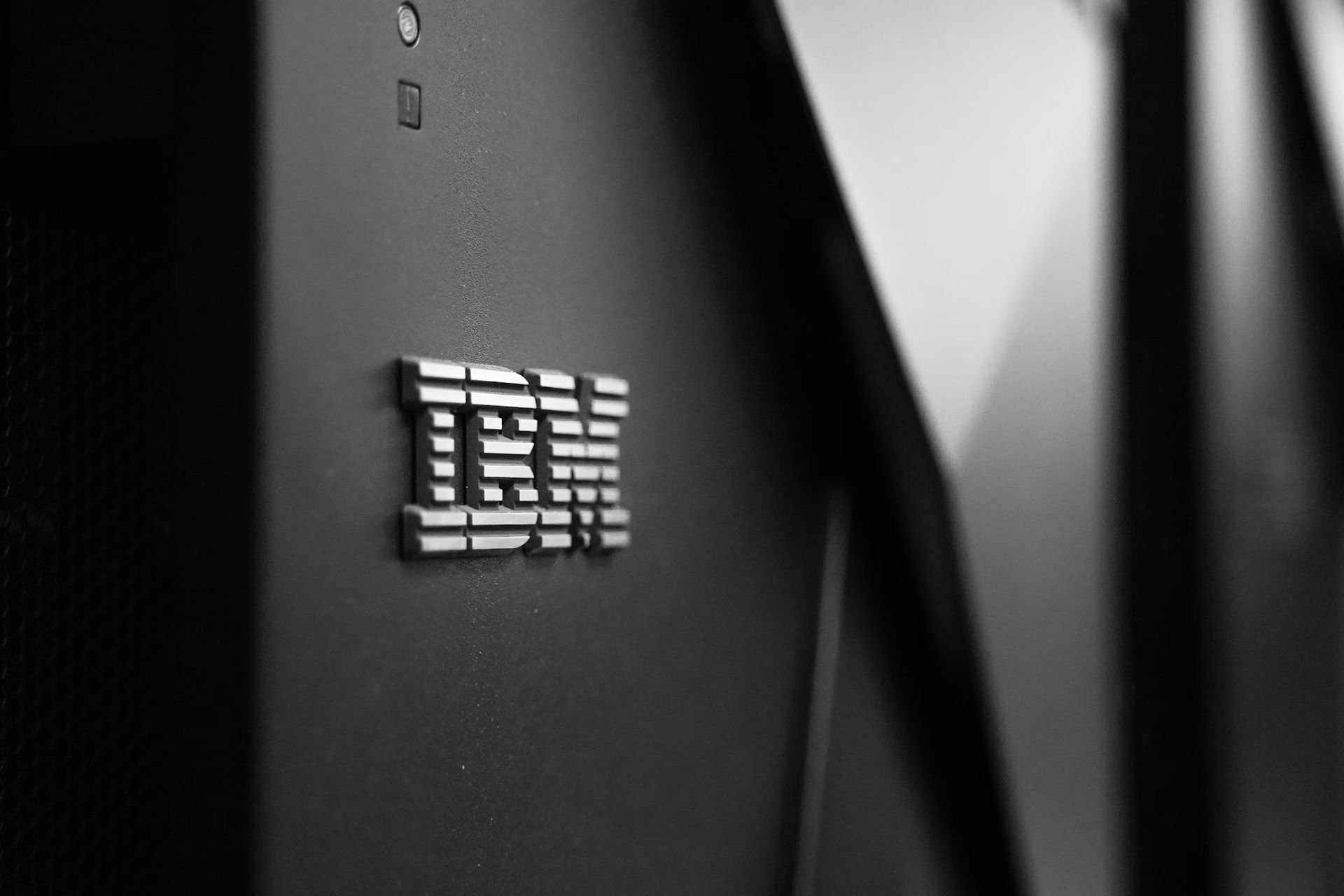and the distribution of digital products.
DM Television
Granite 3.0: IBM launched open-source LLMs for enterprise AI

IBM is stepping up its game in the AI world, and it’s not subtle about it. With generative AI already driving $2 billion in business, the tech giant is showing no signs of slowing down. Enter Granite 3.0—a powerhouse set of AI models designed to take enterprise AI to the next level.
Granite 3.0 LLMs are outIBM’s new Granite 3.0 isn’t your run-of-the-mill AI. These models are built with enterprise use cases in mind, from customer service to cybersecurity. The real differentiator? IBM is sticking to real open source. Unlike other tech giants that toy with the idea of “open,” IBM is making Granite available under the Apache 2.0 license, ensuring businesses can truly innovate without getting stuck in legal quagmires.
As Dario Gil, Senior Vice President and Director of IBM Research, put it: “We decided that we’re going to be absolutely squeaky clean on that, and decided to do an Apache 2 license, so that we give maximum flexibility to our enterprise partners to do what they need to do with the technology.”
 The Granite Guardian 3.0 models come equipped with guardrails designed to ensure AI outputs don’t go off the rails (Image credit)
Performance meets protection
The Granite Guardian 3.0 models come equipped with guardrails designed to ensure AI outputs don’t go off the rails (Image credit)
Performance meets protection
IBM is focused on safety. The Granite Guardian 3.0 models come equipped with guardrails designed to ensure AI outputs don’t go off the rails. With safety and security being top concerns in the AI space, these models are IBM’s answer to keeping enterprises protected from rogue AI behavior.
“What you’re seeing here is incredibly highly performant models, absolutely state of the art, and we’re very proud of that,” said Gil. But it’s not just about performance. IBM has also ensured that the models are designed to prevent jailbreaking and harmful outputs, something that’s become increasingly crucial as AI scales in complexity.
IBM isn’t stopping with Granite 3.0. The company is looking even further ahead to what it’s calling generative computing—a big improvement for how we program and interact with machines. It’s a vision where computers are programmed through examples and prompts, not rigid step-by-step instructions, a concept that ties closely to what large language models like Granite are already doing.
“This paradigm where we don’t write the instructions, but we program the computer by example, is fundamental,” Gil said. IBM sees this as the future of computing, and Granite is just the beginning of that journey.
As Rob Thomas, IBM’s Senior Vice President and Chief Commercial Officer, aptly summed it up: “The book of business that we’ve built on generative AI is now $2 billion plus across technology and consulting. As I think about my 25 years in IBM, I’m not sure we’ve ever had a business that has scaled at this pace.”
Featured image credit: IBM
- Home
- About Us
- Write For Us / Submit Content
- Advertising And Affiliates
- Feeds And Syndication
- Contact Us
- Login
- Privacy
All Rights Reserved. Copyright , Central Coast Communications, Inc.